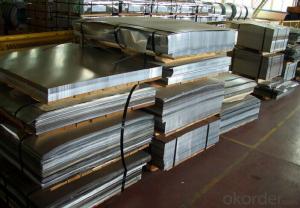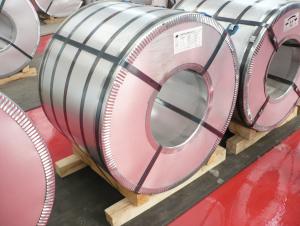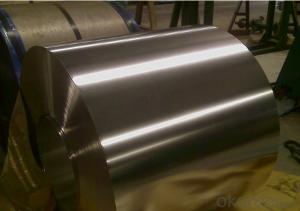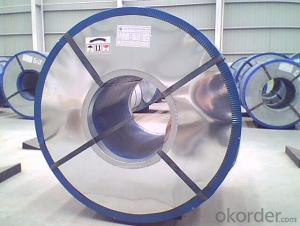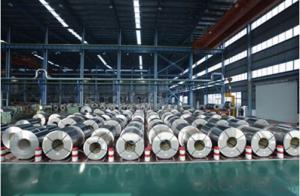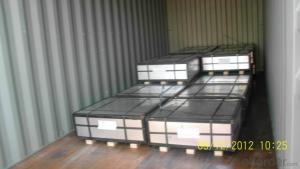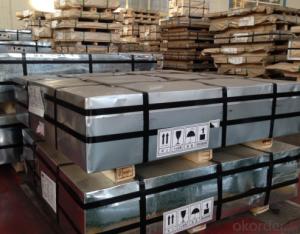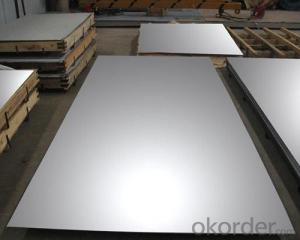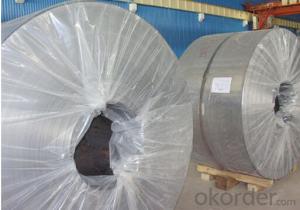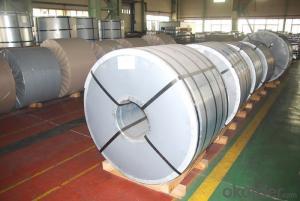Spain Tinplate
Spain Tinplate Related Searches
4 By 8 Plastic Sheets Thin Plastic Sheets Flexible Tinplate Coil Quotes Tinplate Iron Clear Plastic Sheets Hard Plastic Sheets 4X8 Lightweight Plastic Sheets Wavy Plastic Sheets White Plywood Sheets Poly Styrene Foam SheetsHot Searches
Tinplate China Tinplate Stock Price Tata Tinplate Price List Tinplate Price Trend Tinplate Nse Share Price Tinplate Price Chart Tinplate Share Price Nse Tata Tinplate Share Price Tinplate Share Price Today Tinplate Share Price Bse Tinplate Price Tinplate Share Price Tinplate Coil Manufacturers Tinplate Sheet Suppliers Food Mixer Sale Tinplate Factory Tinplate Production Tinplate Products Ltd Tinplate Products Tinplate Can ManufacturersSpain Tinplate Supplier & Manufacturer from China
Okorder.com is a professional Spain Tinplate supplier & manufacturer, offers integrated one-stop services including real-time quoting and online cargo tracking. We are funded by CNBM Group, a Fortune 500 enterprise and the largest Spain Tinplate firm in China.Hot Products
FAQ
- The main competitors of tinplate in the packaging industry are aluminum, glass, and various types of plastics such as polyethylene terephthalate (PET), high-density polyethylene (HDPE), and polypropylene (PP).
- Some different closure mechanisms for tinplate cans include friction lids, easy-open ends with pull tabs, twist-off caps, and can seaming.
- Tinplate can be customized for branding purposes through various methods such as printing, embossing, and labeling. The use of high-quality printing techniques allows for intricate designs, logos, and product information to be directly printed on the tinplate surface. Embossing techniques can add a three-dimensional effect to the branding, making it visually appealing and unique. Additionally, labels can be affixed to the tinplate, providing flexibility in changing branding elements or promoting different product lines. These customization options help businesses effectively market their brand and enhance their product's visibility on store shelves.
- The main difference between tinplate and tinplate laminates in terms of product visibility is that tinplate laminates have a transparent layer of plastic or other materials on top of the tinplate, allowing for a clear view of the product inside the packaging. In contrast, tinplate alone does not provide this visibility as it is a solid metal material.
- The common corrosion protection methods used for tinplate include electroplating with tin, applying organic coatings such as lacquers or varnishes, and using corrosion inhibitors.
- Tinplate performs exceptionally well when it comes to tamper-evident features. Its strong and durable nature makes it difficult to manipulate or tamper with once sealed. Additionally, tinplate can be easily embossed or printed with intricate designs, making it easier to spot any signs of tampering. Overall, tinplate provides reliable protection against tampering, ensuring the integrity and safety of the contents inside.
- Common safety features for tinplate packaging include: 1. Tamper-evident closures: Tinplate packaging often includes tamper-evident closures such as seals or breakable tabs that indicate if the product has been opened or tampered with. 2. Child-resistant closures: Many tinplate packages are designed with child-resistant closures to prevent young children from accidentally accessing potentially harmful products. 3. Sturdy construction: Tinplate packaging is known for its durability and strength, providing a protective barrier for the contents inside. 4. Chemical resistance: Tinplate packaging is typically resistant to chemicals, preventing any harmful substances from leaching into the product. 5. Recyclability: Tinplate packaging is highly recyclable, making it an environmentally-friendly choice. This feature ensures that the packaging is disposed of properly, reducing waste and environmental impact. 6. Printed warnings and instructions: Tinplate packaging often includes printed warnings and instructions to inform consumers about any potential hazards associated with the product and how to use it safely. These safety features help to ensure that tinplate packaging protects the product, prevents accidents or tampering, and provides necessary information to consumers for safe usage.
















